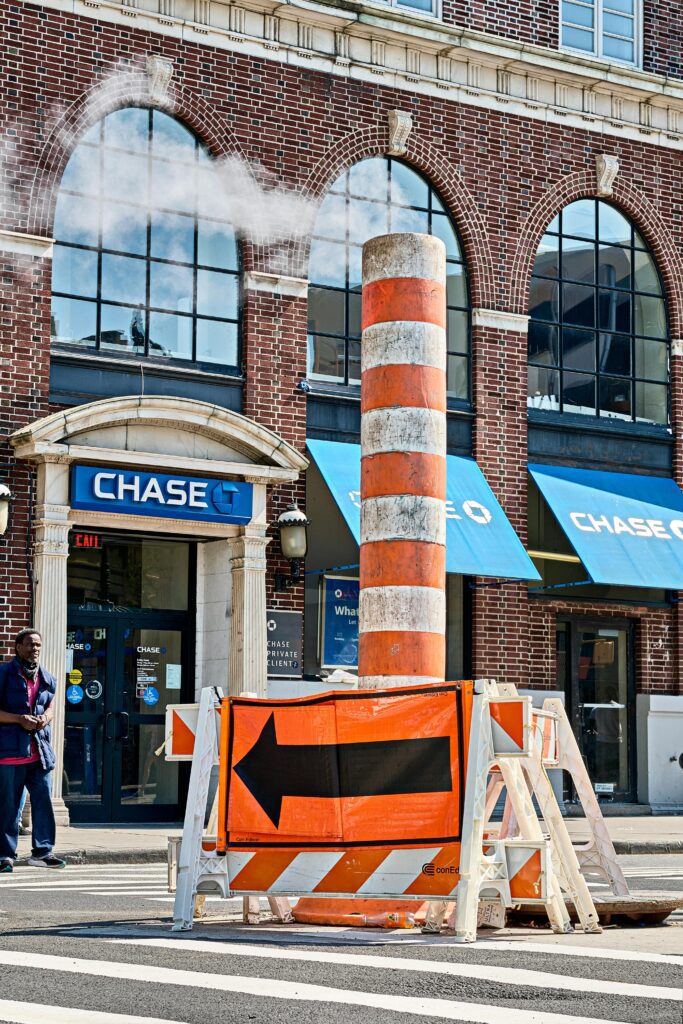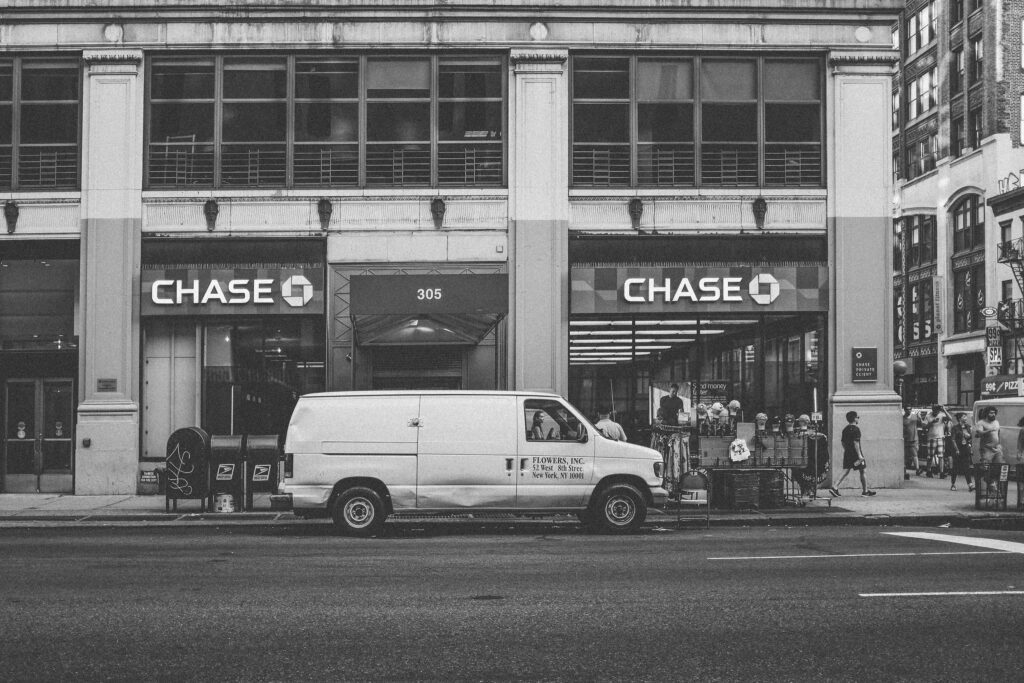
Introduction
One of the largest financial institutions in the U.S., Chase Bank has been a household name for decades. But reports in some sections of the media suggest that Chase Bank branches have been closing, leading many customers to ask if Chase Bank itself is shutting down. The answer is a flat no; however, just like all other banks, Chase has also been reacting to the changes coming about in the way banking is done, including the ongoing discussion about Chase Bank closing branches.
In this article, we shall focus on the reasons for the closing of certain Chase branches, the effect on the customers, and things you should do if your local branch shuts down.
Understanding the implications of Chase Bank closing certain branches is vital for current and prospective customers.
What Is Really Behind the Closing of Chase Bank Branches?
Multiple factors go into the decision of Chase to close down some of its physical branches. Let’s look at the principal reasons:
1. The Trend Away from Physical Banking
• For the past 10 years, the banking industry has slowly been migrating toward digitalized services which means little need for physical branches.
• Gone are the days in which any banking transaction was to be made by visiting the nearest branch; nowadays, customers can transact, pay bills, deposit checks, and apply for loans right from their very own smartphones.
• Like many others, Chase wants to invest in technology as opposed to maintaining set-up costly branches.
2. Cost-Cutting Measures
• Running a bank branch comes with huge operational costs, including rent, salaries of employees, utilities, and security.
• Chase, while it closes down underperforming branches, puts its dollars in ATMs and the development of digital banking systems.
• Chase invests cost savings from branch closures into enhancing cybersecurity measures, online support services, and banking applications.
3.Changes Occurring in Customer Behavior
• It is evident that the Millennial and Gen Z customers now more freely embrace digital banking rather than walking into brick-and-mortar branches.
•Banking industry studies revealed that more than 70 percent of clients nowadays use mobile banking for managing their finances.
•Chase is embracing this change through refinement of digital banking fronts and contraction of physical footprint.
4.Economic Condition Effects
•Economic conditions like inflation, increased interest rates, and downturns force the banks to rethink their business strategies.
•Closures could also be Chase’s long-term plan for streamlining to adjust with the foreseen economies.

How Many Chase Bank Branches Are Closing?
•With thousands of branches operating across the U.S., while some locations are closing, others are opening in growth areas.
•Chase has announced the closure of dozens of branches in 2023 and 2024, particularly in urban areas with the highest adoption of digital banking.
•Conversely, Chase continues its expansion in rural areas where customers may still depend on in-person banking.
What To Do When A Chase Branch Closes?
If your Chase branch has closed, here are some ways to ensure you can still do business.
1. Create an Online Account
• Download the Chase Mobile App and enroll for online banking if you have not done it yet.
• Manage your account, transfer money, pay bills, and deposit checks while away from the branch.
2. Look for the Nearest Branch or ATM
• Chase’s Branch Locator Tool will help you find the nearest open branch or ATM.
• Obtain cash and deposit in thousands of ATMs without paying a fee all over the country by Chase.
3. Check Other Banking Options
• If you require in-person banking, consider closing your account and switching to another institution that has more physical branch types in your area.
• If it is services that you require, you might find some of the local credit unions or community banks offering the personal service you are looking for.
4. Chase Customer Service
• The first thing to do is contact Chase customer service with all of your questions about your accounts, loans, and safety deposit boxes.
• They can either help you make the transition to online banking or point you toward your local branches.

(FAQs)Frequently Asked Questions
1. Chase Bank will close all its doors forever, won’t it?
No. Chase Bank is not going to shut down completely; it will just be closing a few branches as it decides to have a greater emphasis on digital banking.
2. How would I know if my local Chase branch is closing?
You can check with Chase itself on its website or you can call customer service to find out whether your branch is one of the closing branches.
3. If my branch closes, will I still be able to access my Chase account?
Most definitely. You can access your Chase account online, via ATMs, and through the customer service option.
4. Are closed branches by Chase going to be reopened again?
Market demand and customer needs will determine if and when this becomes feasible. Henceforth, new branches may be opened at strategic locations.
5. What happens if I prefer in-person banking?
You can check for the nearest Chase branch, or you can switch to a local bank that offers convenience of in-person access.
Conclusion
Chase Bank is certainly not closing down, albeit some of its branches are bound to close. Some closures are due to changing customer preferences, cost-cutting considerations, and the growing importance of digital banking. Although some have lamented the closure of a local branch, Chase is still a reliable financial institution with superior online services, an attractive network of ATMs, and amiable customer support.
While you’re at it, if your nearest Chase branch happens to close, take this opportunity to bank online, find another ATM, and even consider alternate banks if necessary. The future of banking is digital, and Chase is simply following suit. One would do well to follow suit in order to get with the times and go about managing their funds seamlessly and conveniently.


